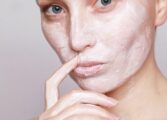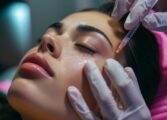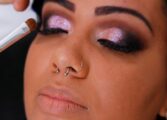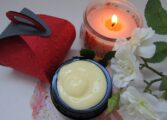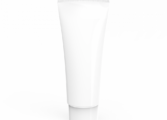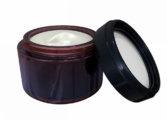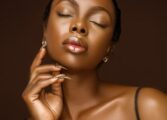Bra bronzers Solution for a Sun-kissed Glow
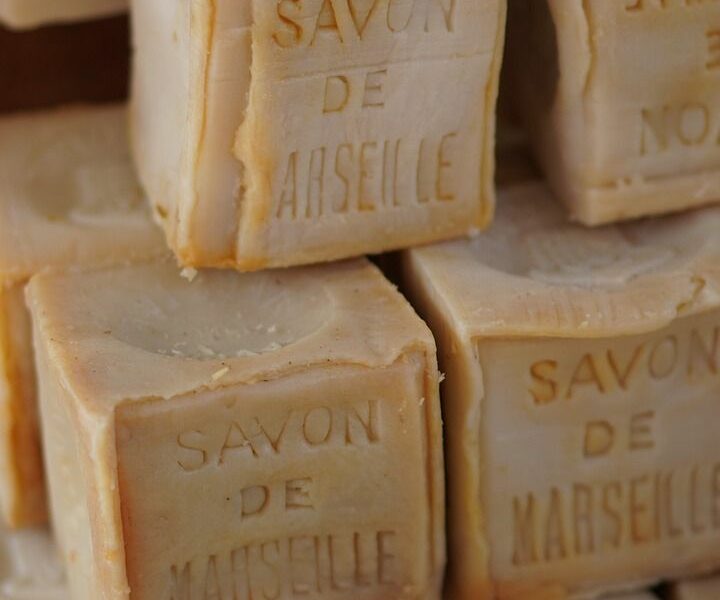
Introduction:
Bronzers have become a staple in the beauty industry, providing a quick and easy way to achieve a sun-kissed glow without the harmful effects of UV rays. In this article, we will provide an in-depth overview of what makes a bronzer great, explore the different types available, discuss their popularity, present quantitative measurements, analyze the differences between various bronzers, and provide a historical overview of their pros and cons.
I. An Overview of Great Bronzers:
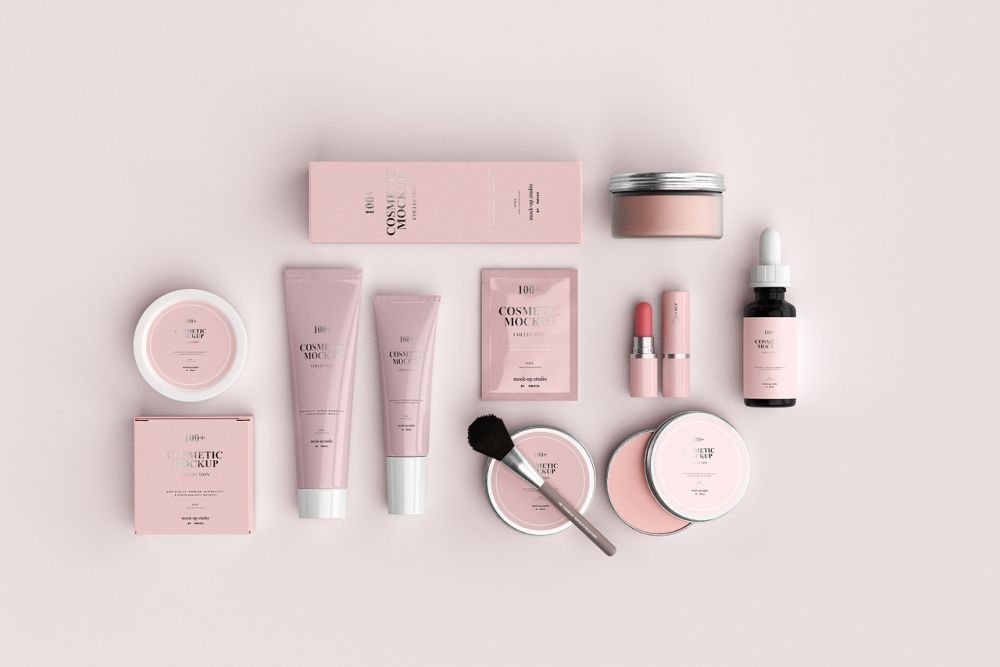
Bronzers are cosmetic products designed to mimic the appearance of a natural tan. They are available in various forms, including powders, creams, and liquids. A great bronzer should have a smooth texture, blend easily, and provide a natural-looking color. It should also be long-lasting and suit a wide range of skin tones.
II. An In-depth Presentation of Bronzers:
1. Types of Bronzers:
a. Powder Bronzers: These are the most common type and are suitable for all skin types. They are easy to apply and offer a buildable coverage.
b. Cream Bronzers: These provide a dewy and luminous finish, making them perfect for dry skin. They blend seamlessly and offer a natural-looking glow.
c. Liquid Bronzers: These are ideal for achieving a natural, ”no-makeup” look. They provide a sheer finish and can be mixed with foundation or applied on top for a subtle glow.
2. Popular Bronzer Brands:
a. Brand A: Known for its wide range of shades and long-lasting formula.
b. Brand B: Offers a variety of finishes, from matte to shimmer, catering to different preferences.
c. Brand C: Specializes in organic and all-natural ingredients, perfect for those with sensitive skin.
III. Quantitative Measurements:
To determine the quality of bronzers, several quantitative measurements can be considered, such as:
1. Color Payoff: The intensity of the color and how well it shows up on the skin.
2. Blendability: How easily the product blends into the skin without leaving any harsh lines.
3. Longevity: The durability of the bronzer and its ability to last throughout the day without fading.
IV. The Differences Between Bronzers:
Despite serving the same purpose, not all bronzers are created equal. Some factors that differentiate bronzers include:
1. Undertones: Bronzers may have warm, cool, or neutral undertones, which can affect how they appear on different skin tones.
2. Finis Some bronzers have a matte finish, while others offer a subtle shimmer or luminosity.
3. Buildability: Certain bronzers can be built up for a more intense sun-kissed look, while others provide a sheer wash of color.
V. A Historical Overview of Bronzer’s Pros and Cons:
Bronzers have evolved over time, and it’s essential to understand their historical context. Here we explore the pros and cons of different bronzer formulations:
1. Pros:
– Achieve a natural-looking tan without sun exposure.
– Enhance facial features and provide a healthy glow.
– Can be used for contouring purposes.
2. Cons:
– Some bronzers may contain irritants that can cause skin allergies.
– Difficulty in finding the right shade for different skin tones.
– Over-application can result in an unnatural or ”muddy” appearance.
Conclusion:
In conclusion, a great bronzer is a must-have for anyone looking to achieve a sun-kissed glow without the harmful effects of the sun. Understanding the different types, popular brands, and quantitative measurements can help in making an informed choice. Remember to consider personal preferences, such as undertones and finish, to find the perfect bronzer for your skin tone. Whether it’s a powder, cream, or liquid, a good bronzer will provide the desired effect and enhance your natural beauty.











